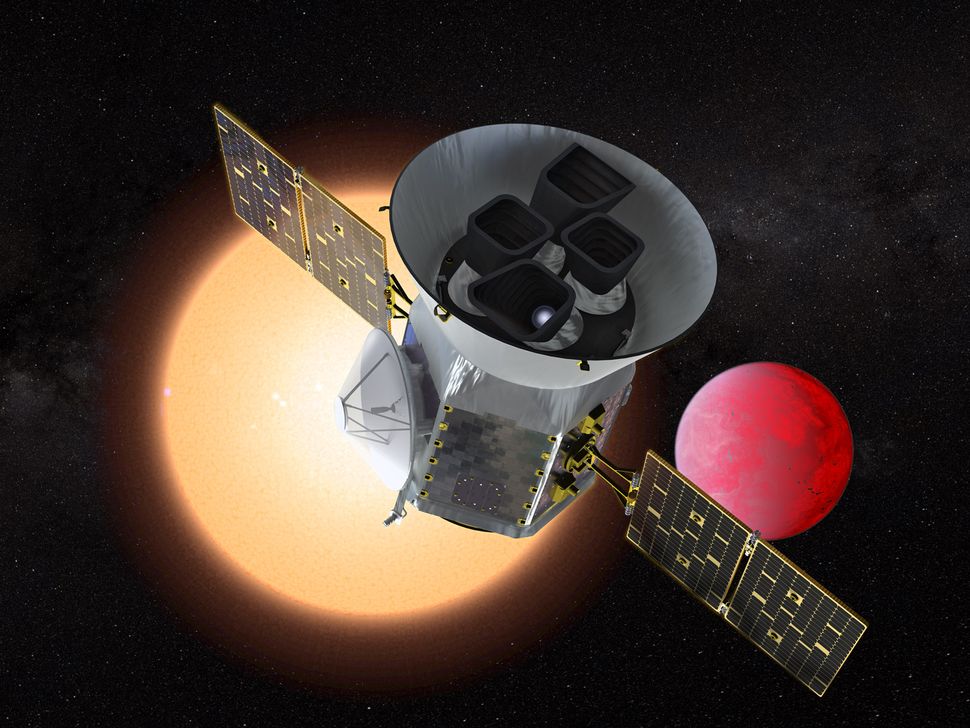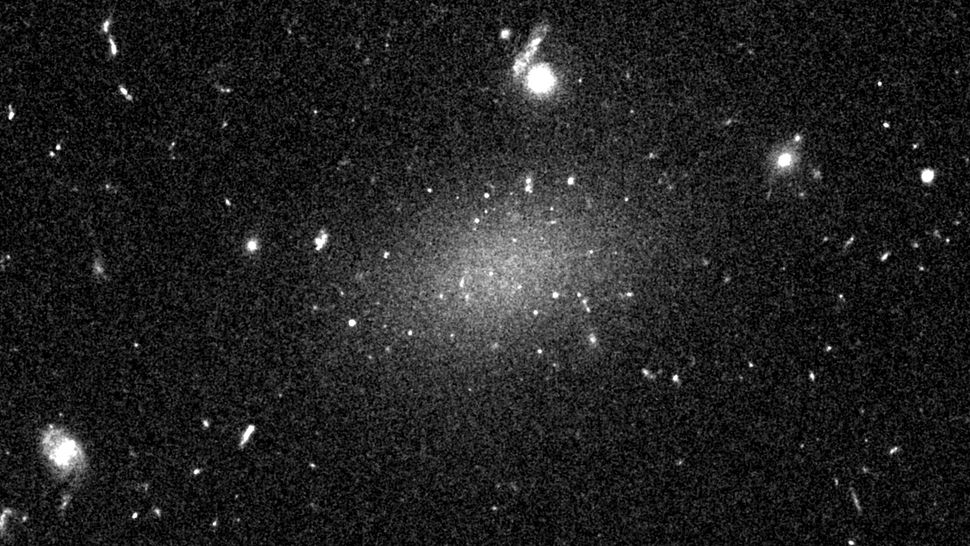Science
Related: About this forum6 ways the hunt for dark matter changed in 2020
By Rafi Letzter - Staff Writer 2 days ago

The galaxy DF4 (center). was originally a big problem for dark matter researchers, having little dark matter at all. But in 2020 astronomers cracked its mystery.
(Image: © M. Montes et al.)
Perhaps the most confounding problem in astrophysics is dark matter. Vera Rubin discovered it in the 1970s, showing that galaxies spin much faster than the visible matter in them can explain. Now researchers believe dark matter makes up 85% of the mass of the universe, and is largely responsible for giving galaxies their shape. But years have gone by without any major new revelations about dark matter, and the hunt is ongoing. Here are the most important ways the search grew and changed in 2020.
A new way to hunt for dark matter

This is an artist's illustration of NASA's Transiting Exoplanet Survey Satellite (TESS), which detects exoplanets.
(Image credit: NASA's Goddard Space Flight Center)
Dark matter is all around us because we live in the Milky Way's dark matter halo, but we can't directly detect it. If it's influencing us in any way but gravity, it's probably due to rare interactions between dark matter particles and regular particles. In 2020, writing for Live Science, astrophysicist Paul Sutter wrote that exoplanets near the center of the galaxy, where the halo is thicker, should experience more of those interactions.
Those interactions are expected to transfer small amounts of energy from dark matter to regular matter. If that's happening, over time it should warm the exoplanets up in ways very precise telescopes can detect. And the James Webb Space Telescope, scheduled to launch next October, may be able to detect that added warmth. If it does, that will offer scientists new clues with which to unlock the mysteries of the dark universe.
Dark matter mysteries fell apart

The Dragonfly 44 galaxy looks like a smear across space.
(Image credit: Teymoor Saifollahi and NASA/HST (HST Proposal 14643, PI: van Dokkum))
In recent years, there have been claims of galaxies with either far too much dark matter for current theories to explain or far too little. Both would require ideas about dark matter and how galaxies form to be adjusted. But in 2020, two major claims along these lines fell apart.
Dragonfly 44 (DF44), detected in 2016, seemed to have a huge dark matter halo and very few stars, making its mass 98% dark matter. Here's why: DF44 seemed to have a big handful of globular clusters (pockets dense with stars) outside its dim main body, and they seemed to be moving very fast, as if tugged by the gravity of something very heavy. There were too many of them, moving too fast for the paltry central star mass of the galaxy to explain. But a follow up measurement in 2019 found the globular clusters weren't moving as fast as first measured. And in 2020, researchers re-counted the clusters, finding significantly fewer than the original observers. DF44 is a normal, dwarf galaxy after all.
More:
https://www.livescience.com/dark-matter-hunt-2020.html?utm_source=notification